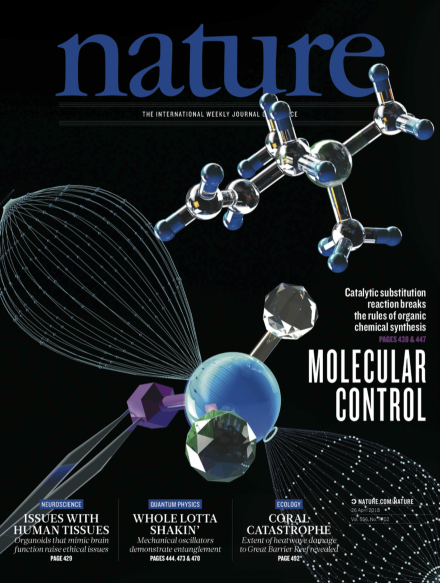Volume 556 Issue 7702, 26 April 2018
This Week
-
Editorial
-
-
World View
-
Research Highlights
-
Seven Days
News in Focus
-
News
-
Features
Comment
-
Comment
-
Books and Arts
-
Correspondence
Careers
-
Features
-
A photo celebration of scientists at work
Career Guide:
-
Futures
Research
-
News & Views
-
Organoids reveal cancer dynamics
Collection:
-
Articles
-
Letters

